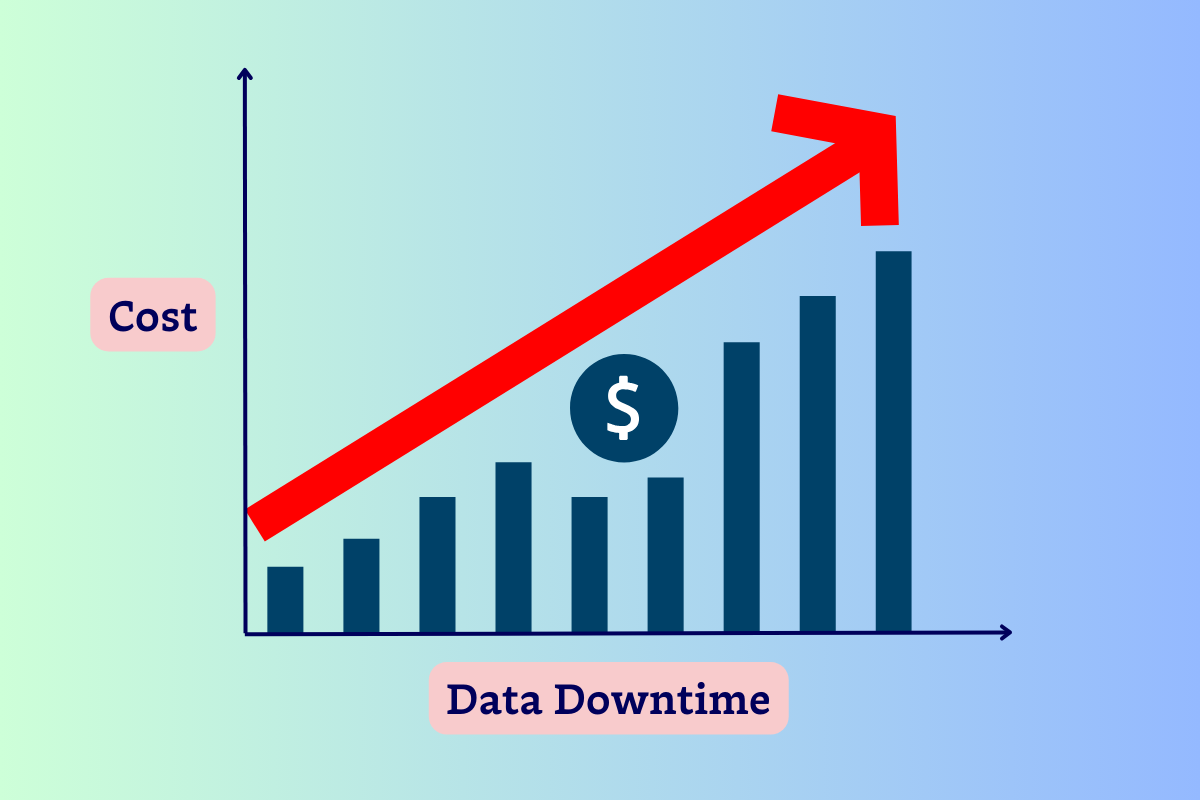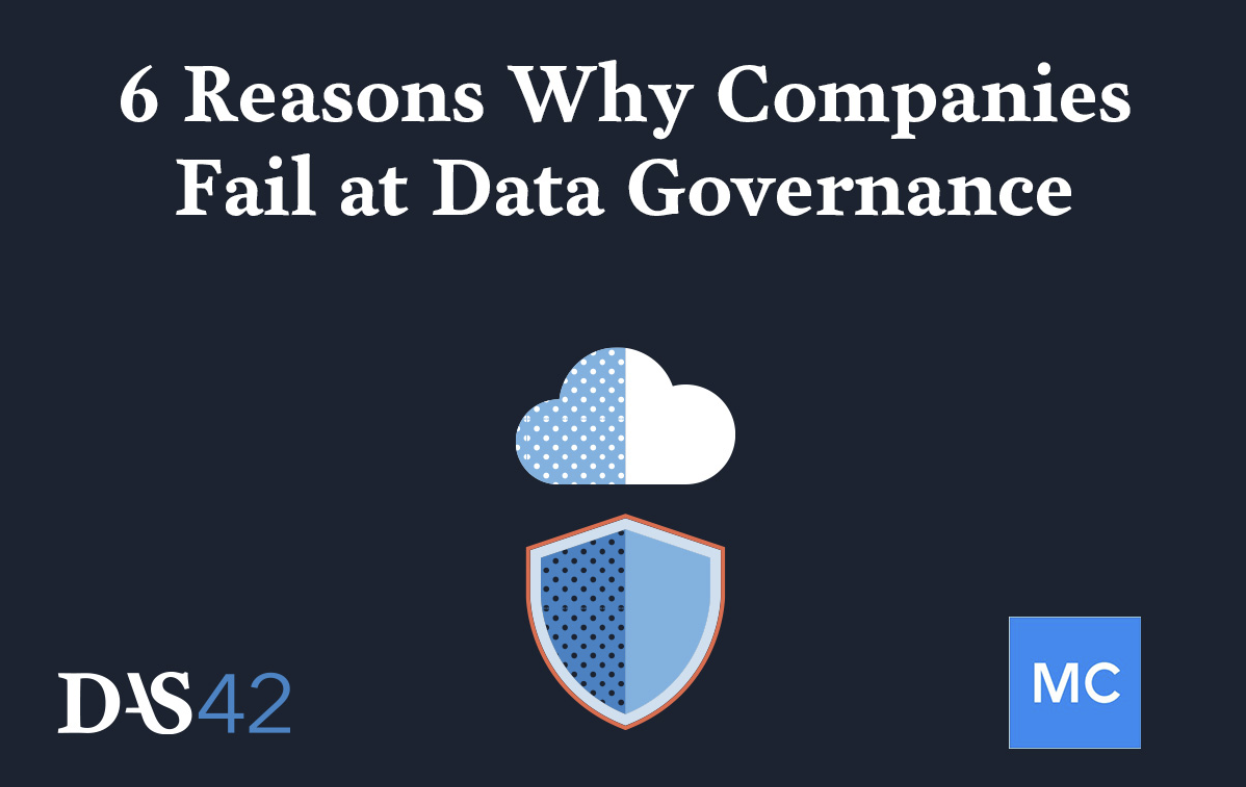The High Cost of Poor Data Warehouse Governance

Data powers the modern tech industry. But it can also be a significant liability.
This truth was hammered home recently when ride-hailing giant Uber found itself on the receiving end of a staggering €290 million ($324 million) fine from the Dutch Data Protection Authority.
The reason? Poor data warehouse governance practices that led to the improper handling of sensitive European driver data. For over two years, Uber had been transferring this data—including taxi licenses, location information, and even criminal and medical records—to servers in the United States without adequate protections.
Uber’s misstep serves as a stark reminder of what can go wrong when data warehouse governance is neglected and makes clear that understanding and implementing solid data warehouse governance is more crucial than ever.
Let’s dive into what data warehouse governance entails, why it matters, and how companies can avoid becoming the next cautionary tale.
Table of Contents
What is Data Warehouse Governance?
Data warehouse governance is the set of policies, procedures, and controls that allow for the effective management of data. The goal of this framework is to improve data quality, enhance decision-making, ensure security, and meet regulatory standards.
The 5 Pillars of Data Warehouse Governance
In light of Uber’s critical gaps in data governance, let’s break down the five core pillars that every company should have in place:
- Security and Access Controls: Uber’s case highlights the importance of not just access controls, but also data transfer protocols. Implementing strict controls on how and where data can be moved, especially across international borders, is crucial for protecting sensitive information.
- Data Lineage and Traceability: For Uber, clear data lineage could have helped track which data was being transferred to the US and why, making it easier to ensure compliance with EU regulations. This pillar is essential for understanding data flow and maintaining accountability.
- Continuous Monitoring and Real-Time Threat Detection: While Uber’s issue wasn’t a breach, continuous monitoring could have alerted them to non-compliant data transfers. This pillar is about staying vigilant and proactive in identifying potential issues before they escalate.
- Compliance and Regulatory Frameworks: This pillar was at the heart of Uber’s failure. Adopting and adhering to strict interpretations of data handling standards, especially when dealing with international data transfers, is crucial for avoiding legal and reputational damage.
- Data Quality Management: While not directly related to Uber’s case, maintaining high standards for data accuracy, completeness, and consistency creates a foundation for proper data handling. For Uber, this could have helped in identifying and categorizing sensitive data that required special protection.
Common Data Governance Challenges
So, why didn’t Uber implement these safeguards in the first place? Several challenges often get in the way when organizations manage data at scale:
- Global Data Complexity: Uber operates across numerous countries, each with its own data protection laws. This global presence likely contributed to the difficulty in maintaining consistent data handling practices, especially when transferring data between regions.
- Rapid Growth and Evolving Systems: As a fast-growing tech company, Uber likely faced challenges in scaling its data governance practices to match its expanding operations. This rapid growth can lead to data silos and fragmentation, making it harder to maintain consistent data quality and security across systems.
- Evolving Regulatory Landscape: The introduction of GDPR and other data protection regulations has significantly changed the data governance landscape. Uber’s violation spanned over two years, suggesting difficulties in adapting to new regulatory requirements in a timely manner.
- Balancing Data Utility and Protection: Uber’s transfer of driver data to the US was likely motivated by operational needs. However, this highlights the common challenge of balancing data accessibility for business operations with the need for stringent data protection measures.
- Data Ownership and Responsibility: In large organizations like Uber, clear delineation of data ownership and responsibility can be challenging. This can lead to inconsistent enforcement of data governance policies across different departments or regions.
Best Practices and Solutions: Learning from Uber’s Missteps
To prevent a repeat of Uber’s misstep, companies need to adopt best practices in data warehouse governance. Here’s how Uber could improve, offering lessons for other organizations:
- Establish Clear Global Data Policies and Procedures: Uber should develop comprehensive, globally-applicable data management policies that account for regional variations in privacy laws. This would provide a consistent framework for handling data across all markets, helping to prevent discrepancies in data protection standards.
- Implement Rigorous Data Transfer Protocols: Given Uber’s violation of EU data transfer rules, the company needs to establish and strictly enforce protocols for cross-border data movements. This should include using appropriate data transfer tools and conducting regular audits to ensure compliance.
- Enhance Data Classification and Metadata Management: Uber should implement a robust system for classifying data based on sensitivity and regulatory requirements. Detailed metadata management would help the company better understand what types of data it holds, where it’s stored, and how it should be handled.
- Define Clear Roles and Responsibilities: To address potential confusion around data ownership, Uber should clearly define roles and responsibilities for data governance across all levels of the organization. This includes appointing data stewards and establishing a data governance committee.
- Implement Continuous Monitoring and Auditing: To catch potential issues early, Uber should implement systems for continuous monitoring of data handling practices. Regular internal and external audits can help ensure ongoing compliance with both company policies and regulatory requirements.
Governing a Secure Data Warehouse with Monte Carlo
At Monte Carlo, we’ve designed a platform to make sure incidents like this never happen again. Our platform offers features such as:
- AI-Driven Anomaly Detection: Continuously monitors your data for unusual patterns or activities, allowing you to detect and address potential breaches or errors in real-time.
- Automated Data Lineage: Provides clear visibility into your data’s origins and flow, helping you trace and address vulnerabilities quickly to maintain data integrity.
- Automated Compliance Reporting: Simplifies adherence to evolving regulations with automated reporting, ensuring you stay compliant and avoid legal and reputational risks.
With these tools, you can securely govern your data warehouse and protect your organization from future data breaches. Speak with our team to learn how data observability can help.
Our promise: we will show you the product.
 Product demo.
Product demo.  What is data observability?
What is data observability?  What is a data mesh--and how not to mesh it up
What is a data mesh--and how not to mesh it up  The ULTIMATE Guide To Data Lineage
The ULTIMATE Guide To Data Lineage 




